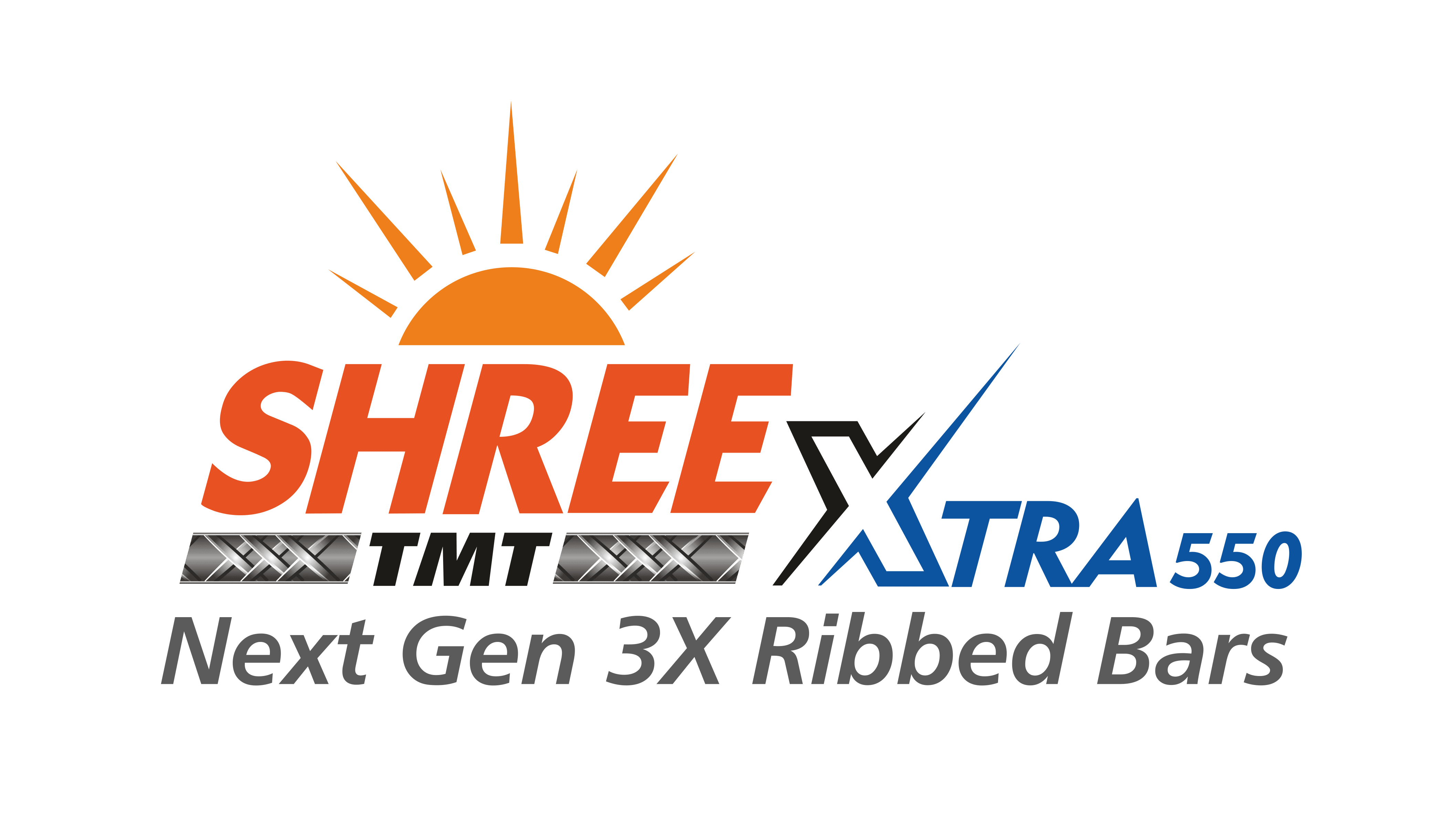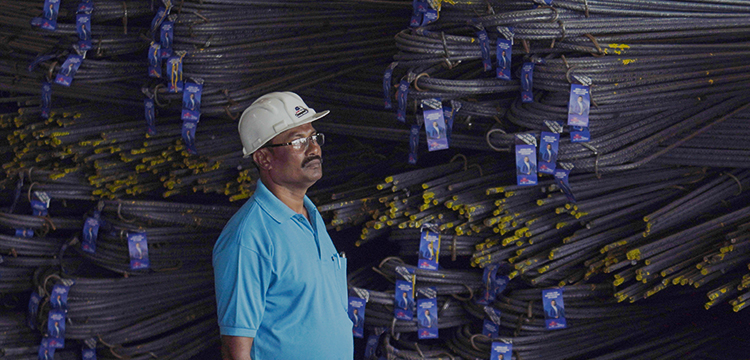How Do Earthquake Resistant TMT Bars Saves Our Home
Thermo-mechanically treated (TMT) bars are a type of steel reinforcement extensively used in construction due to their high tensile strength and ductility. However, not all TMT bars are created equal. Earthquake-resistant TMT bars undergo specialized manufacturing processes designed to enhance their strength, ductility, and resilience forging them to withstand seismic forces.
The primary causes of building collapse during an earthquake are lateral and torsional forces. Both these forces can cause damage to the structural elements of the building, such as columns, beams, and slabs. To ensure the creation of top-quality earthquake-resistant TMT bars, the quality control starts right at the raw material stage, through careful selection of high-quality raw materials, primarily consisting of low-carbon steel billets.
Subsequently, a series of precision manufacturing steps including hot rolling, quenching, tempering, and ribbing, among others, are executed with utmost attention to detail. Advanced technologies are incorporated throughout these processes to craft earthquake-resistant TMT bars, recognized as indispensable components of construction. This is followed by rigorous quality control measures which include continuous monitoring of dimensions, chemical composition, mechanical properties, and surface characteristics to guarantee the reliability and performance of the final product.
How Do TMT Bars Prevent Structural Collapse During Earthquakes?
Renowned for their seismic resilience, top-quality TMT bars for earthquake resistance, such as those crafted by Shree TMT, exhibit the following distinct properties that fortify structures against earthquakes.
- Ductility: Earthquake-resistant TMT bars possess exceptional ductility, allowing them to deform significantly before failure, dissipating energy, and preventing sudden brittle fractures during an earthquake. This property enables them to absorb and dissipate the energy exerted during an earthquake, minimizing structural damage.
- Enhanced Strength: TMT Bars produced through specialized manufacturing processes involving controlled heating and cooling exhibit superior tensile strength, ensuring the structural integrity of buildings even under extreme stress conditions.
- Bonding with Concrete: The unique ribbed surface of earthquake-resistant TMT bars facilitates better bonding with concrete, ensuring effective load transfer and distribution throughout the reinforced elements of the structure. This enhanced bonding minimizes the risk of detachment or displacement of TMT bars from the concrete matrix during seismic events, enhancing the overall stability of reinforced structures.
- Corrosion Resistance: Corrosion can weaken steel reinforcements over time, compromising the structural integrity of buildings. Earthquake-resistant TMT bars are coated with corrosion-resistant materials, prolonging their lifespan and ensuring long-term structural stability.
Installation and Usage Guidelines:
Proper installation and usage of earthquake-resistant TMT bars are crucial for maximizing their effectiveness. Builders and engineers must adhere to stringent construction standards and guidelines to ensure these bars are utilized to their full potential. This includes proper spacing, adequate concrete cover, and compliance with seismic design codes and regulations.
The Importance of Seismic Retrofitting:
For existing structures, seismic retrofitting using earthquake-resistant TMT bars is essential to enhance their resilience against earthquakes. Retrofitting involves reinforcing the existing framework with additional TMT bars and strengthening key structural elements to meet current seismic safety standards.
The role of earthquake-resistant TMT bars is vital in safeguarding our homes and buildings against the destructive forces of earthquakes. By incorporating these bars into construction projects and retrofitting existing structures, we can significantly mitigate the risks posed by seismic activity, ensuring the safety and stability of our communities for generations to come. Proper design, quality manufacturing, and adherence to construction standards and guidelines are essential to ensure the structural integrity and safety of buildings reinforced with TMT bars.

